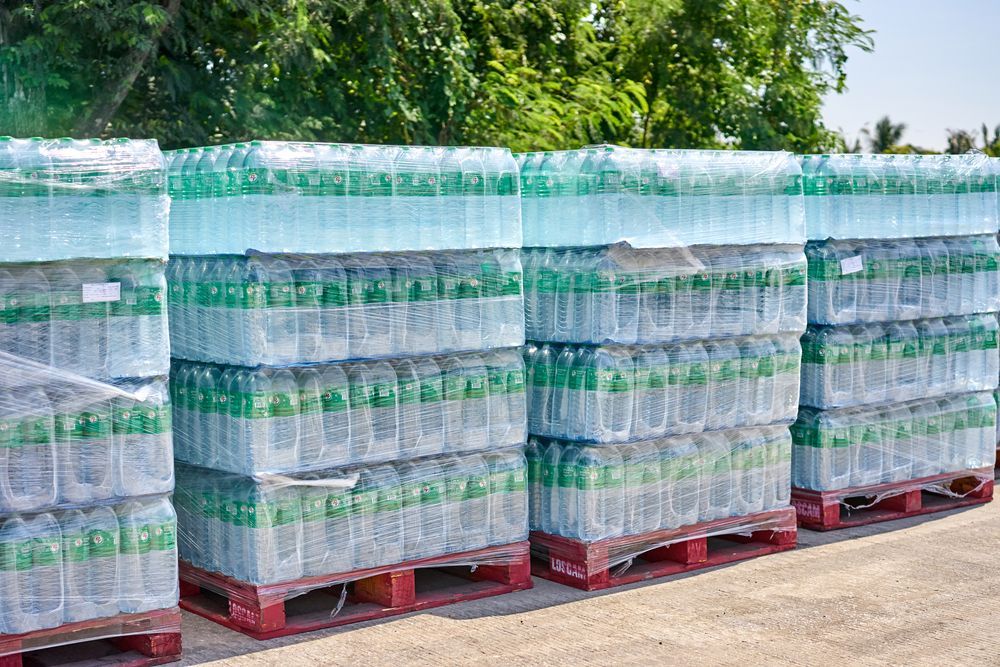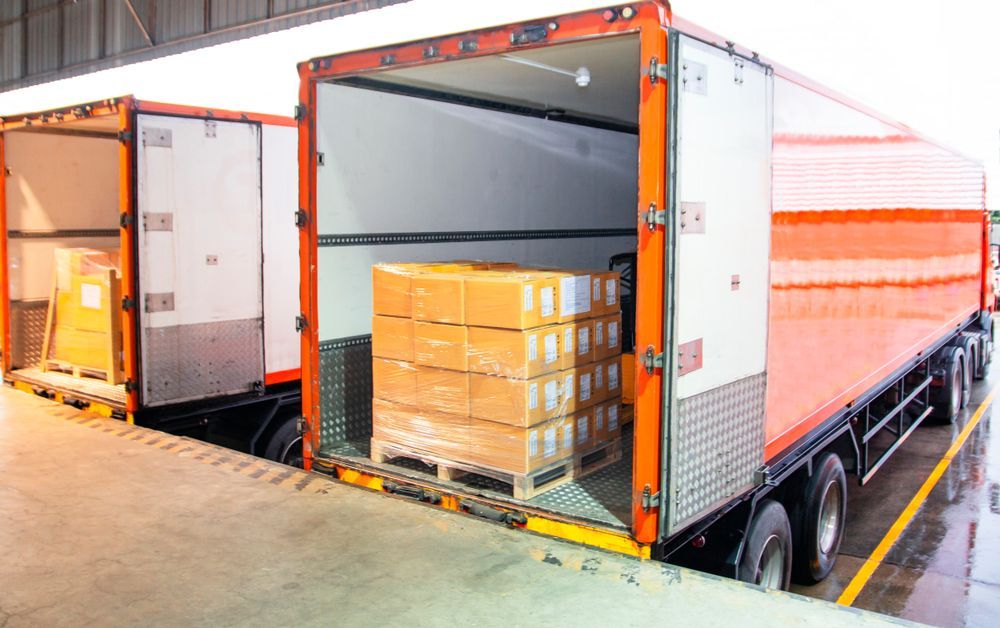Load Smarter: Pallet Weight Limits & Distribution Tips
Share this article:
Written by: Advance Pallet

Understanding Maximum Weight Restrictions for Pallets
The primary purpose of any pallet comes down to transportation. It's a tool used to safely get a collection of items from "Point A" to "Point B" in one piece. If that pallet exceeds its maximum recommended load capacity, it is not capable of handling those items safely - if it is able to do so at all.
That's why understanding maximum weight restrictions for pallets is of paramount importance. Along with other characteristics like stiffness and accessibility, it is one of the keys to determining which pallet is right for your application.
Best Weight Distributions
When it comes to the weight distribution of pallets, organizations typically have two main options available to them: general-purpose pallets and special-purpose pallets.
The first are exactly what they sound like - a robust solution that is intended to be used at virtually any point in the supply chain. They support conditions like stacking and racking, stacking without racking, and various special handling methods.
Special-purpose pallets are commonly used to support a specific type of product or load. They are commonly used in environments where heavy machinery is present.
Factors That Determine Pallet Weight Limit
Two of the primary factors that determine how much weight a pallet can hold are strength and stiffness. "Strength" is a metric that specifically refers to the total load that can be supported by the pallet, while "Stiffness" measures how much that same pallet will bend under the load over a specific period of time.
Once they have been determined, you take the lower of those two values to arrive at the overall weight limit. Even if the pallet may be theoretically capable of handling the highest of the values with ease, this is absolutely one of those situations where the old saying of "better safe than sorry" applies.

Other factors that impact a pallet's ultimate weight limit include ones like:
- The type of wood used in the construction of the pallet.
- The number of deck boards that have been installed.
- The place where the pallets are being kept.
- The design of the pallet (e.g.: whether it is a block pallet, a double-face pallet, or a solid deck pallet will all play a role in understanding the max weight on a pallet).
Weight Limits Vary According to Pallet Size
Naturally, one of the biggest factors impacting the weight limit of a pallet is its ultimate size. A 36" by 36" pallet can hold approximately 4,700 pounds, for example. A 42" by 42" pallet, on the other hand, can only hold about 3,700 pounds. This is because as the pallet gets larger, so does the surface area. As the surface area gets larger, it becomes weaker and less stiff in parts and can therefore hold less weight.
If you'd like to find out more information about max pallet weight limits and load distribution, or if you're looking for a premier pallet provider in Northern Illinois or Southern Wisconsin and would like to discuss your own needs in a bit more detail, please
contact the team at Advance Pallet today.




